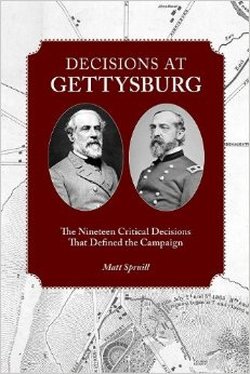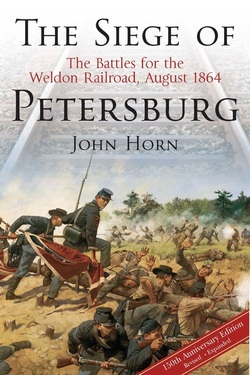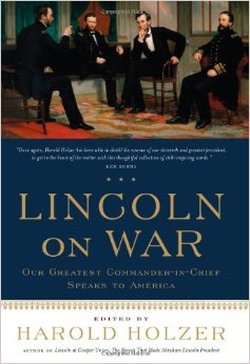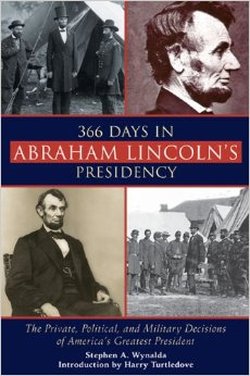
Matt Spruill
The University of Tennessee Press, 2011, 198 pp. + 14 pp. introduction, $24.95
ISBN: 978-1-57233-745-9
Image courtesy of amazon.com
If there has ever been a constant debate about the Campaign of Gettysburg, it has been the “what ifs” of history. Many beginner historians oftentimes pose those questions to aid in their critical thinking of the battle itself and since Gettysburg stands as a pinnacle to historical battle analyses, than those “what ifs” of history suit itself here. In his book Decisions at Gettysburg, Matt Spruill defines what some of the major decisions and repercussions were in the campaign that help to aid in the “what if” struggle of this fateful engagement. What this book offers are new looks into the grand strategies and the small decisions which would shape the future of the armies. What he also has done is given a list of what could have happened if other decisions were made. In the end, this book is a collection of those thoughts and strategies, nineteen to be exact, that shaped what we know today.
Matt Spruill has authored many battlefield guide books, including Summer Thunder, Summer Lightning, and Winter Lightning. His work, Summer Thunder, explores the artillery placement throughout the Battle of Gettysburg. While he is a former licensed battlefield guide at the Gettysburg National Military Park, he is also experienced in leading other battlefield tours as well. He also served in the armed forces and was commissioned a second lieutenant in 1964 and retired in 1992.
There are many things right with this book that students of Gettysburg should pay attention to in their studies. The first major thing which I must say is that the work does not get bogged down in the minutia of regiments along with the over-bloated military terms I have seen in previous works. Spruill simply defines many of the things which occurred in the campaign which had a lasting effect on how we study the battle today. He avoids using a standard of analytical military writing which uses tables and charts to help define a point which is undefinable. Instead, what we get is a coherent statement about the decisions made at Gettysburg which either hindered the Confederacy or aided the Union. In some cases, they were vise-versa. The book is separated into five sections, the pre-battle, the three days of combat in separate chapters and the aftermath. This offers the reader a chance to follow the line of battle instead of ranking the nineteen important decisions out of a timeline. When talking about the second day of combat, he includes the decisions made at Culp’s Hill, a forgotten section of the battlefield even to this day. The first day of battle can oftentimes be confusing to readers as to what actually happened, but here in this work, Spruill easily defines the actions taken by the armies that by just analyzing the decisions made on that day, the reader is in full understanding. In addition to all of this, Spruill includes a lengthy and useful appendix which gives the reader a chance to drive out to the fields and see where these decisions were made along with a view of the action. Included in this appendix are orders and reports between the commanders so that you are not just reading the decisions, but you are visiting them as well.
I recommend this book to the beginner student of the Battle of Gettysburg mainly because it easily defines the decisions made during the campaign that helped to morph this battle into a major Union victory. I also recommend it to any student of the Civil War because of the simplicity of the work. I have read other works about strategy and tactics which are filled with military jargon not usually seen in the realm of historical writing. Knowing his audience, Spruill writes for the historians instead of the select few who could understand his words. With the addendum of the appendix, this is a welcome addition to any Civil War library.




 RSS Feed
RSS Feed
